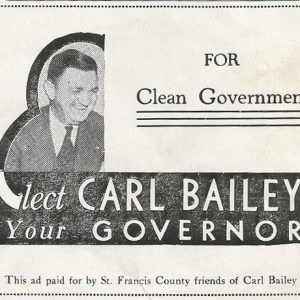 Carl Bailey Ad
Carl Bailey Ad
Time Period: Early Twentieth Century (1901 - 1940)
 Carl Bailey Ad
Carl Bailey Ad
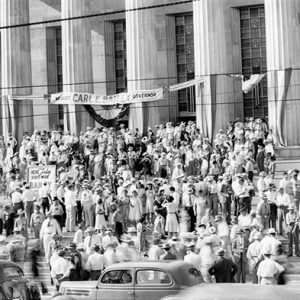 Bailey Reelection Campaign
Bailey Reelection Campaign
Bailey, Carl Edward
Bailey, George (Lynching of)
Bailey, O. C.
aka: Olin Cavanaugh Bailey
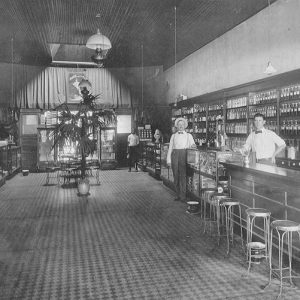 Baker Drugs
Baker Drugs
 Baker School Students
Baker School Students
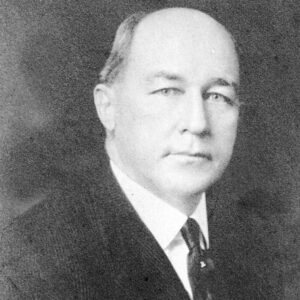 Basil Baker
Basil Baker
Baker, Basil
Baker, Norman
 Bald Knob Depot
Bald Knob Depot
 Bald Knob State Bank
Bald Knob State Bank
 Bald Knob Street Scene
Bald Knob Street Scene
 Bald Knob Street Scene
Bald Knob Street Scene
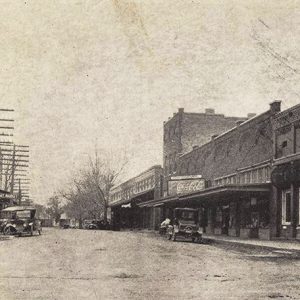 Bald Knob Street Scene
Bald Knob Street Scene
Ballard, George Pool
 Bandini Memorial
Bandini Memorial
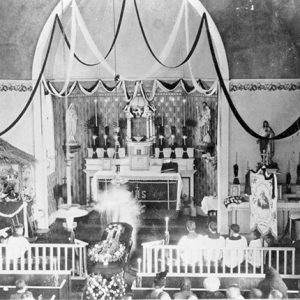 Pietro Bandini Funeral
Pietro Bandini Funeral
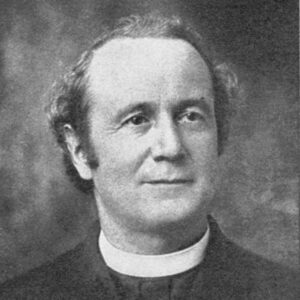 Pietro Bandini
Pietro Bandini
 Pietro Bandini
Pietro Bandini
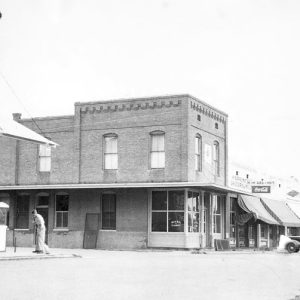 Bank of Cabot
Bank of Cabot
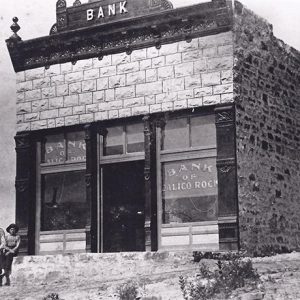 Bank of Calico Rock
Bank of Calico Rock
Bank of Carthage
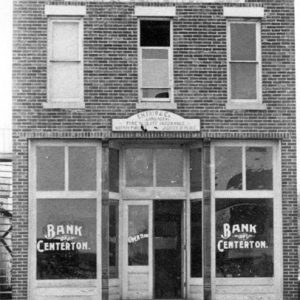 Bank of Centerton
Bank of Centerton
 Bank of Commerce
Bank of Commerce
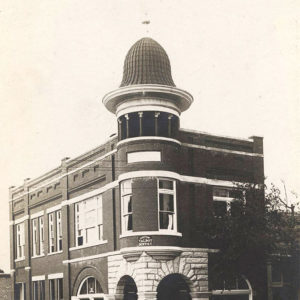 Bank of Fordyce
Bank of Fordyce
Bank of Osceola
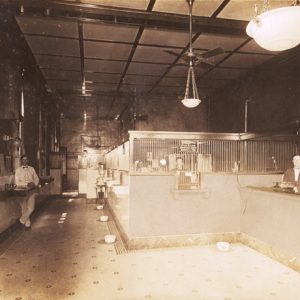 Bank of Prescott
Bank of Prescott
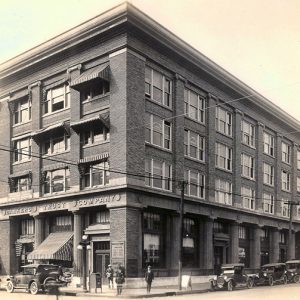 Bankers' Trust Company
Bankers' Trust Company
Banks, Alfred
 Baptism Service on Caddo River
Baptism Service on Caddo River
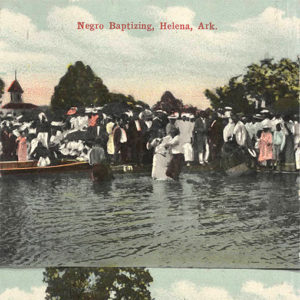 Baptisms
Baptisms
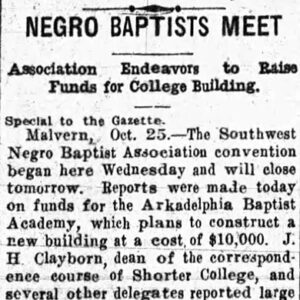 Baptist Academy Article
Baptist Academy Article
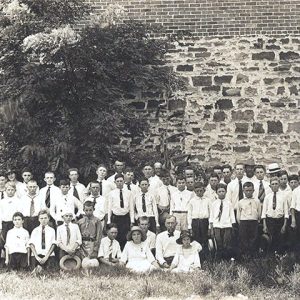 Baptist Convention
Baptist Convention
 Barham Family
Barham Family
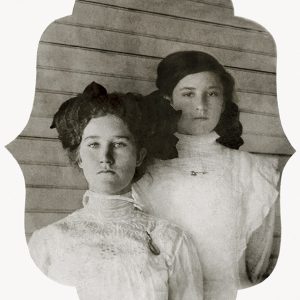 Barham Sisters
Barham Sisters
Barham, Ella (Murder of)
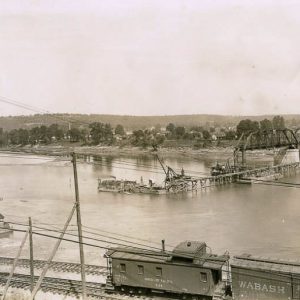 Baring Cross Bridge
Baring Cross Bridge
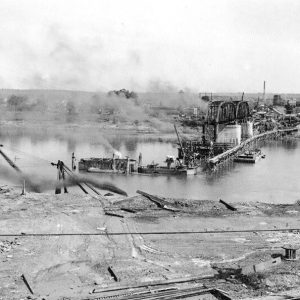 Baring Cross Bridge
Baring Cross Bridge
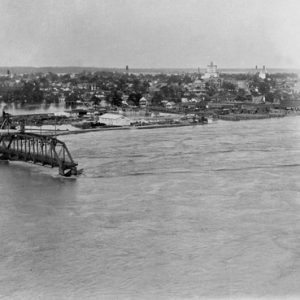 Baring Cross Bridge; 1927
Baring Cross Bridge; 1927
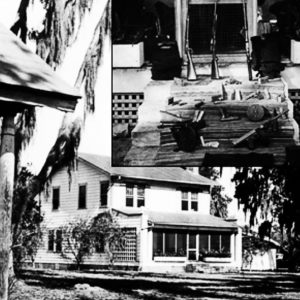 Barker Home
Barker Home
 Fred Barker
Fred Barker
Barker-Karpis Gang
aka: Ma Barker Gang
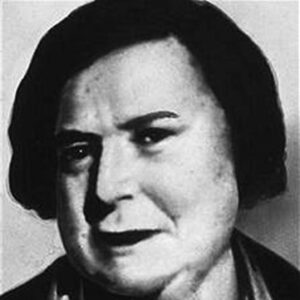 Ma Barker
Ma Barker
 Arthur "Doc" Barker
Arthur "Doc" Barker
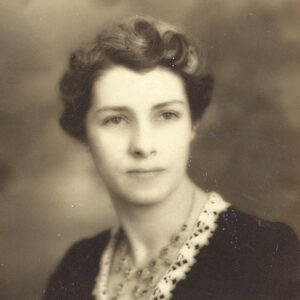 Catherine Barker
Catherine Barker
Barker, Catherine Sweazey
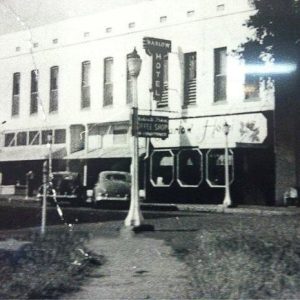 Barlow Hotel
Barlow Hotel
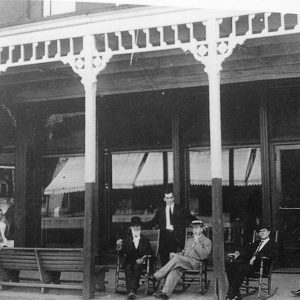 Barlow Hotel Porch
Barlow Hotel Porch
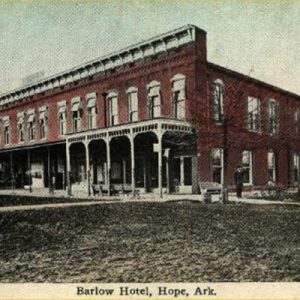 Barlow Hotel Postcard
Barlow Hotel Postcard




